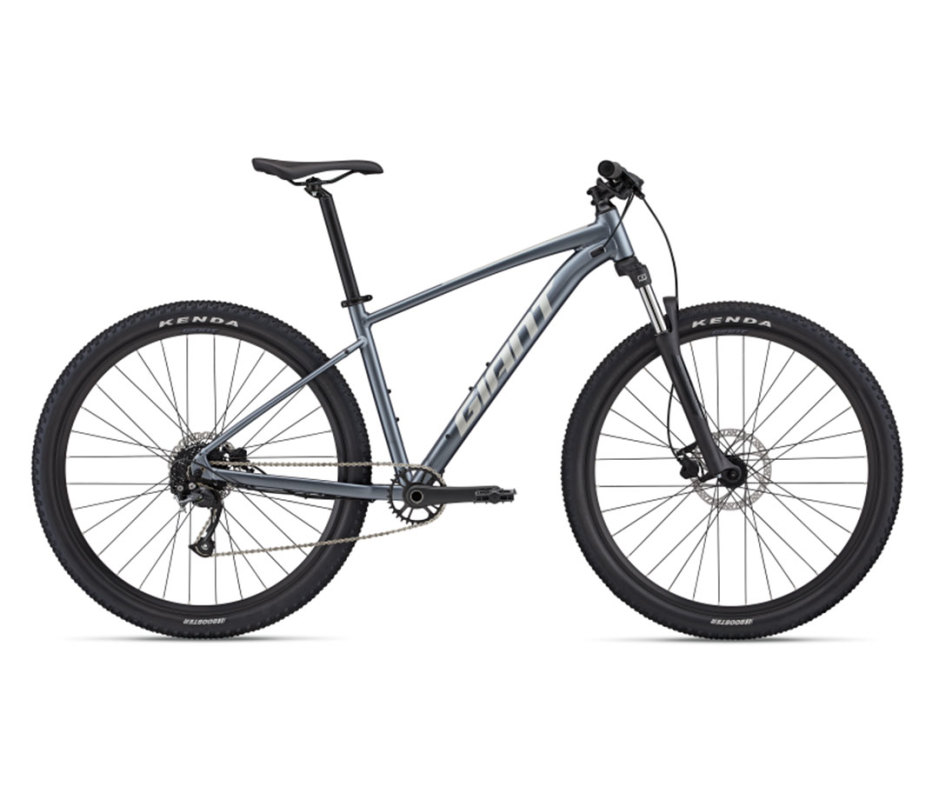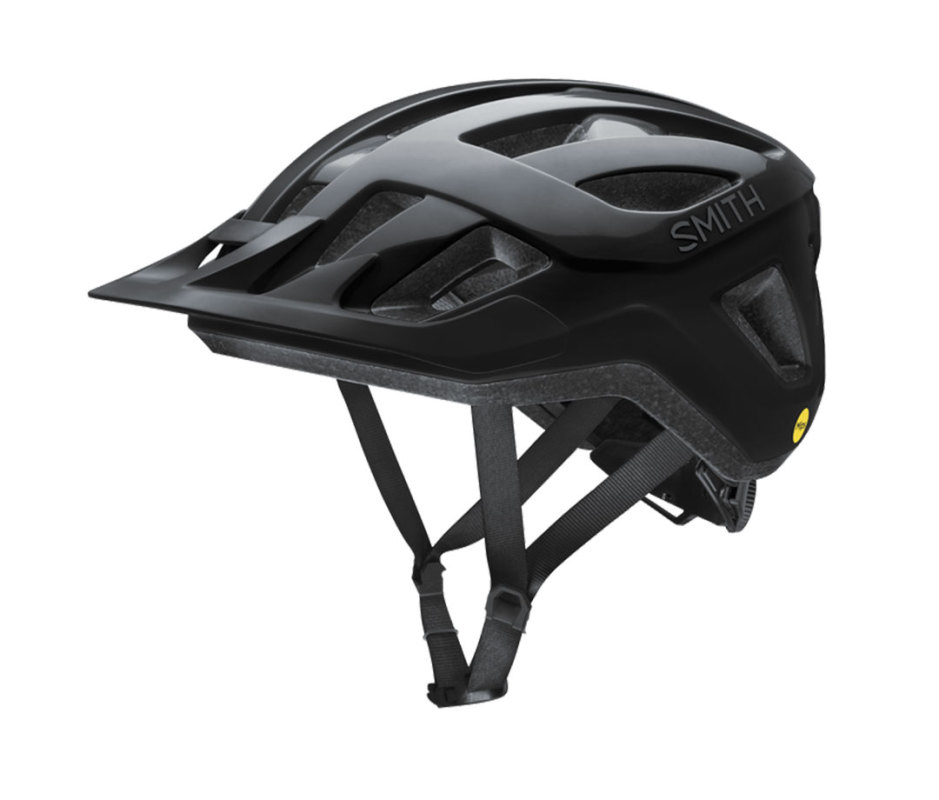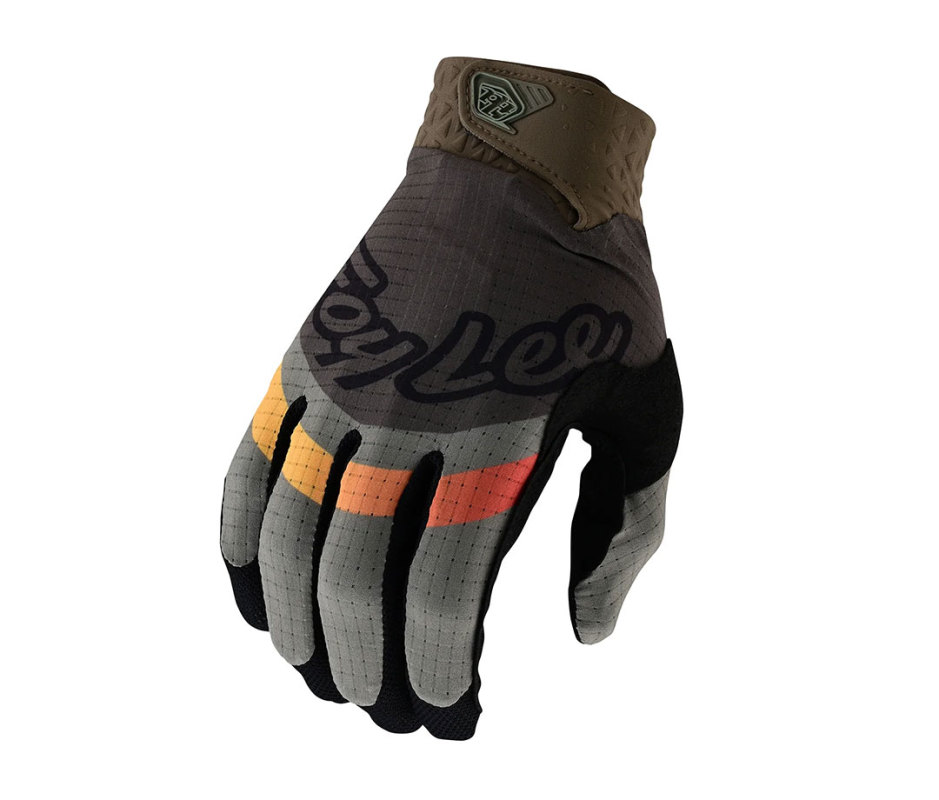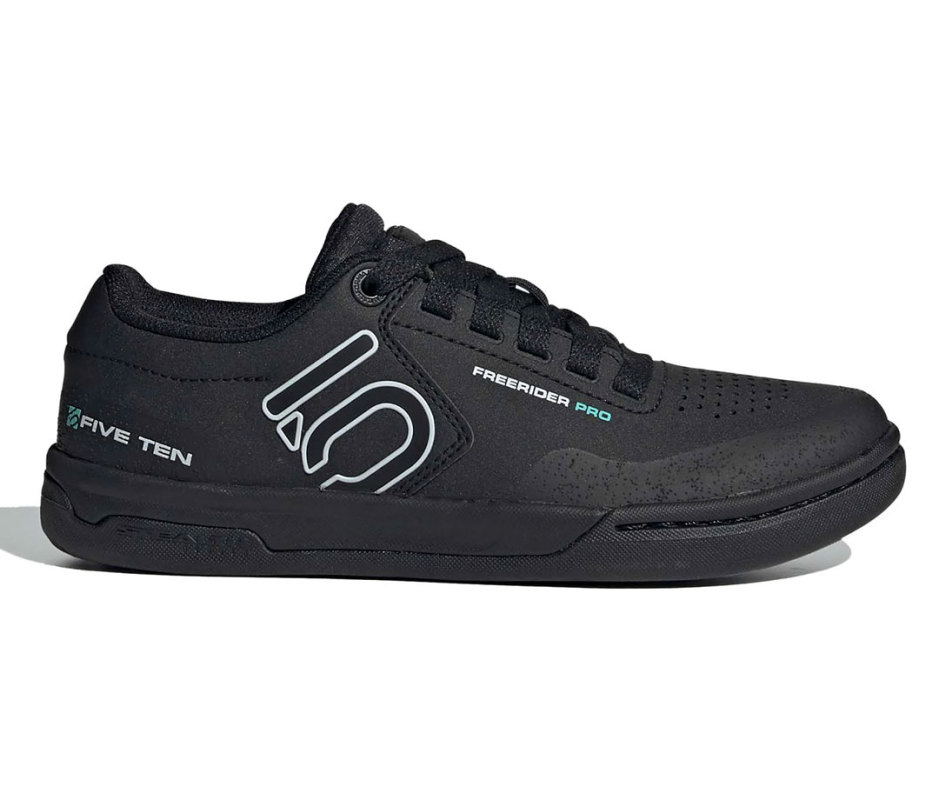Men's Health
How to Mountain Bike: 5 Steps to Start Shredding in No Time
Mountain biking is having a moment. Communities have leaned into the economic and social opportunities of bike trails, and new networks of paths are expanding across the country. Meanwhile, trail building has evolved to take beginners into consideration, and the equipment—mountain bikes and helmets—is better than ever. Chances are there’s a good mountain bike trail near you, and an affordable bike designed to help you make the most of that terrain. In other words, learning how to mountain bike if you’re new to the sport has never been more timely.
But, sure, it can be a bit intimidating. Many adults haven’t ridden a bike since childhood, and might not know where to go or how to get started. Don’t worry—we’ve got you covered.
We talked with two professional mountain bikers to develop a step-by-step guide that will get you on the trails and having the time of your life this summer. Plus, we’ve outlined the best mountain bike apparel to buy now. Trying out other sports for the first time? See our guides on how to surf and how to climb.
Men’s Journal aims to feature only the best products and services. We update when possible, but deals expire and prices can change. If you buy something via one of our links, we may earn a commission.
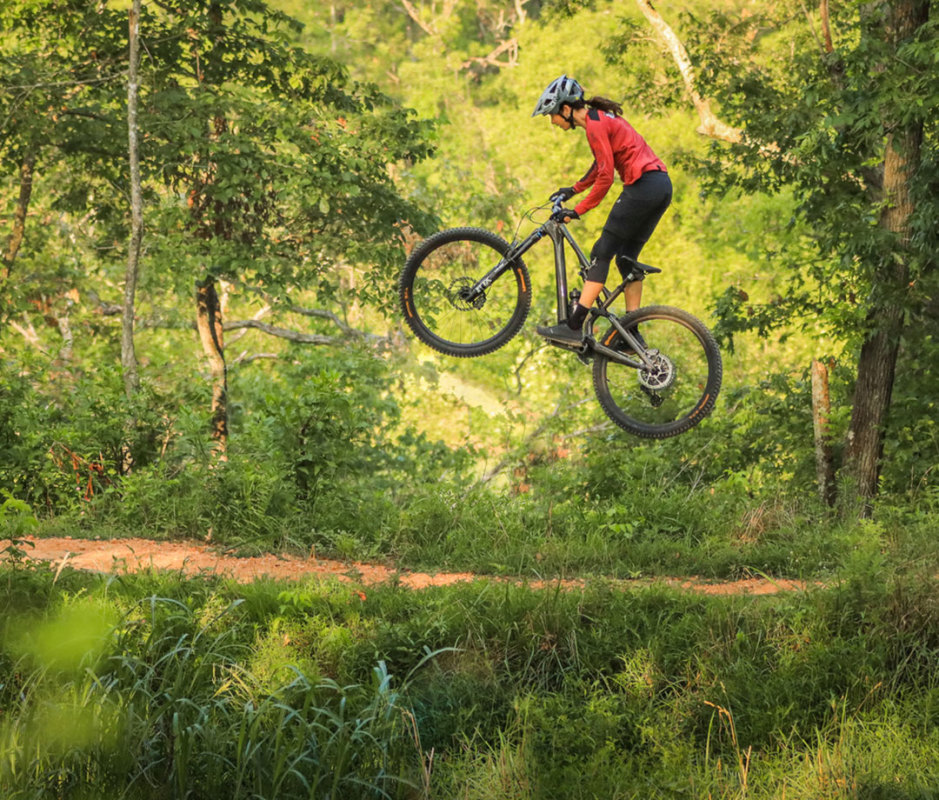
Anneke Beerten Collection
Meet the Experts
- Anneke Beerten is a professional cyclist and world champion in BMX and four-cross who now shares her passion for the sport through coaching.
- Seth Alvo has been teaching people how to mountain bike on his YouTube channel for years, becoming the most popular mountain bike content creator on the platform.
With their help, we’ve put together five essential skills and selected five key pieces of gear every new mountain biker needs to consider to safely start shredding dirt.
How to Mountain Bike in 5 Steps

LightField Studios/Getty Images
1. Gear Up With the Right Basic Equipment
Mountain bikes don’t look like the beach cruiser you rented on your last vacation. Decades of research and development have transformed mountain bikes into state-of-the-art machines loaded with high-tech features like suspension, dropper posts, electronic shifters, and hydraulic brakes.
“They can look intimidating, but they’re basically the same machines we rode as kids,” says Beerten, adding that you don’t need a bike with all the bells and whistles to enjoy many trails in the forest. “Working brakes and grippy tires are the most important features on a bike. Suspension is great, but it’s not absolutely necessary, especially for beginners looking to ride green trails.”
You can find entry-level bikes with everything you’ll require to handle beginner-friendly trails for under $1,000 (see the Best Mountain Biking Gear section below), but you might not need to buy a new whip to start mountain biking. That townie cruiser or hybrid bike sitting in your garage might be all you need for your first foray onto the trails.
“I’m a firm believer in using the bike you have,” says Alvo. “Especially if you’re brand new to the sport and not sure whether you want to commit to it financially.”
Just make sure it’s in good working order. Take it into a bike shop to ensure the drivetrain runs smoothly and the brakes have stopping power.
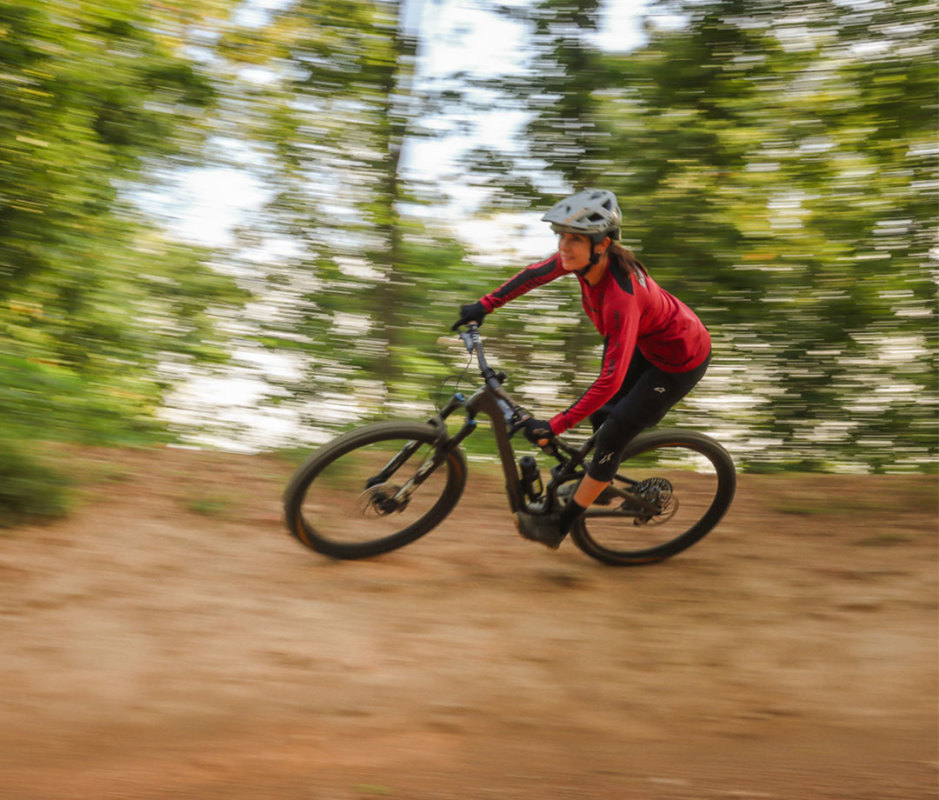
Anneke Beerten Collection
2. Learn Proper Body Position
Mountain biking is a dynamic sport that requires more engagement than just pedaling around town. “If you’re just sitting down on the bike, you’re going to get tossed around,” Beerten says. “You have to be dynamic and create separation between you and the bike by standing on the pedals.”
If you’re mountain biking properly, you’ll spend more time standing on the pedals than sitting on the seat. You’ll stand when you climb hills, you’ll stand when you navigate turns, and you’ll stand when you navigate technical terrain like dirt rollers and root gardens. The key to handling the technical terrain that makes mountain biking so much fun is to stay balanced on the bike, with both feet level, and use your arms and legs to absorb the impact of the ground beneath your tires.
“Your limbs become an extension of the suspension, soaking up the bumps so you don’t get tossed around,” Beerten says. “Watch how kids ride bikes. They’re dynamic and playful. They’re having fun and not overthinking it.”
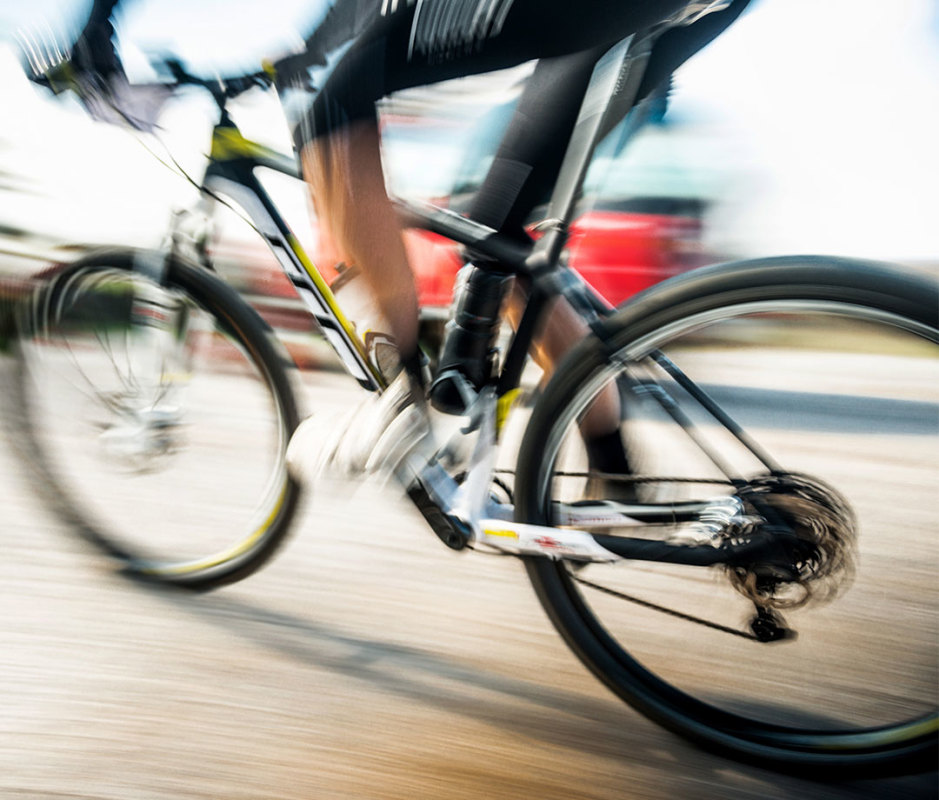
egon69/Getty Images
3. Practice in the Streets Before Hitting the Trails
You don’t have to ride dirt to practice the skills you’ll need when mountain biking. You have everything you need to get good at mountain biking right outside your door. You can practice climbing and even work on handling technical terrain in your neighborhood. “Riding your neighborhood streets will help you develop the skills that translate to the trails,” Alvo says. “When I was a kid, I rode the parking lot at the strip mall. That’s where I learned all of the skills I use today.”
Find a hill and practice climbing while standing up. Then turn around and practice descending—also while standing up and moving your butt back over the rear tire so your center of gravity is lower. Find a curb and practice rolling off of it, absorbing the impact with your arms and legs. When you have that down, practice riding up onto the same curb. Practice riding quickly around a cul-de-sac with your butt off the saddle and your feet balanced on the pedals. Those are the same moves you’ll need while mountain biking.
Repetition is key when learning new skills like berms and drops, so spend some time practicing on safe streets near you. That extra time on your bike will also help you develop the muscle strength and endurance you’ll need when tackling your first mountain bike trail.
“The main thing beginners have trouble with is fitness,” Alvo says. “Even beginners who run or hit the gym have trouble with the fitness necessary for trails. Spending time on the bike is the best way to develop the endurance and strength you need for mountain biking.”
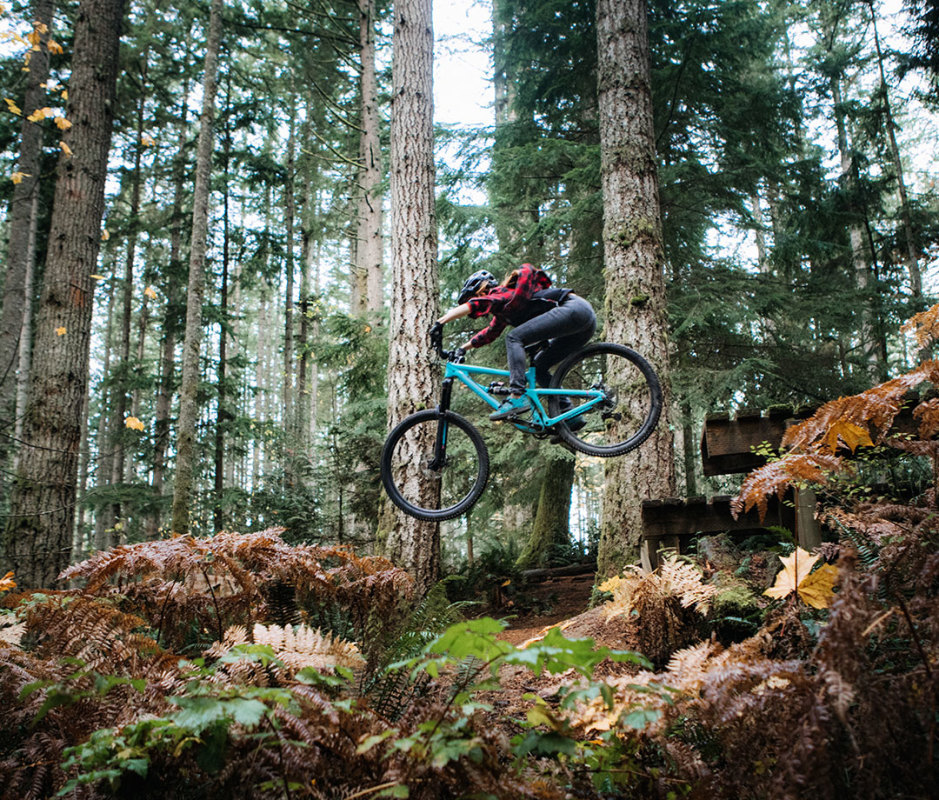
Ryan J Lane/Getty Images
4. Choose Your First Trail—and Keep It Simple
You’ve got your bike dialed in and you’ve spent time practicing the body positioning you’ll need while mountain biking. It’s time to hit the trails. While many beginners might not know exactly where to start riding, there are systems in place to direct you to the right trailheads.
Many bike shops have group rides designed with beginners in mind, and there are a number of mobile apps, like Trailforks, that can give you directions to the nearest trailhead and suggest rides based on your skill level. Also, mountain bike trail builders have adopted the difficulty ratings used at ski resorts, with green trails designed for beginners, so there’s no confusion about the difficulty of any given trail.
“Start with the greens and don’t push yourself to harder trails until you feel you’re ready,” Beerten advises. “Riding within your own ability will keep it fun and leave you wanting to come back for more.”
Many parks will have skills areas with obstacles like drops, jumps, and rock gardens designed specifically for beginners to learn new skills that they can take on more advanced trails. Spend time in these parks practicing key moves over and over before moving to the blue (intermediate) trails.
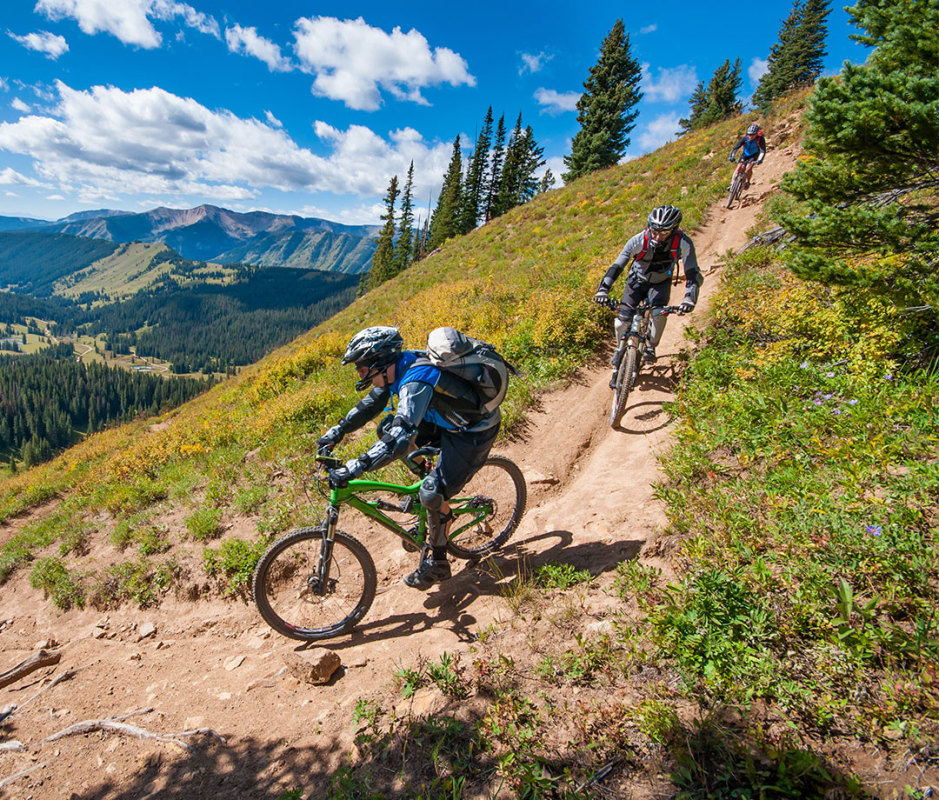
Ilan Shacham/Getty Images
5. Learn and Follow Proper Trail Etiquette
An important part of being a mountain biker is being a good steward of the trails. Bikes share many trail systems with other users like hikers and equestrians. It’s important to be mindful of everyone in the forest, which means bikers need to stop for hikers and horses and let them pass. If you see another user, simply pull over to the side of the trail and let them pass before pedaling again. Smiling and saying hello helps, too.
Ride in control and be aware of your speed. If there’s a blind corner ahead, slow down so you can react safely if there’s another user on the trail. Remember that not all trails are open to mountain bikes. Trail apps like Trailforks will detail trail-use designations so you can be sure before your ride.
Related: These 5 Simple Surfing Steps Will Help You Ride Your First Wave
Also, consider the weather. Wet trails can be easily damaged by overuse, so don’t ride after a heavy rain. Mountain bikers should practice Leave No Trace principles and be mindful that leaving ruts in muddy spots can damage trails for years.
The International Mountain Bike Association has more detailed information about proper trail etiquette. Brush up on the guidelines before you ride and consider joining the local IMBA chapter; not only will you help care for the trails in your backyard, you’ll meet like-minded people who also love to ride.
Gibson Pictures/Getty Images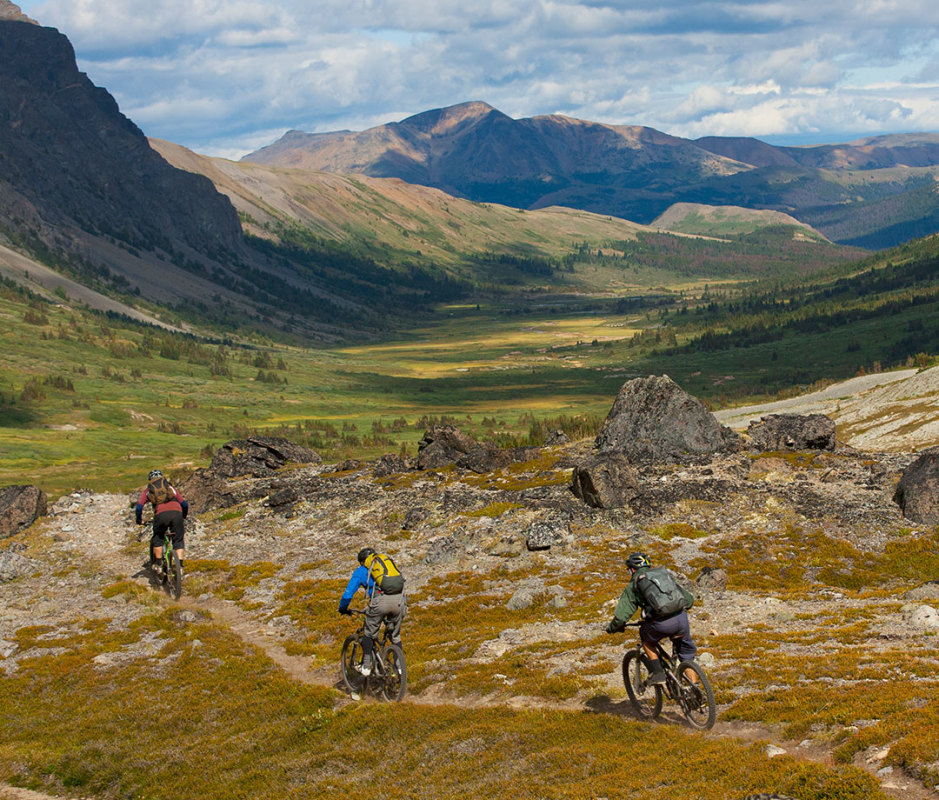
Best Mountain Biking Gear to Get Started
Giant Talon 2 Bike
Courtesy image
You can spend a lot of money on a bike, but Giant’s Talon 2 gives new riders everything they need for easy cross-country trails, with a lightweight aluminum frame, disc brakes, and a frame geometry designed to help build confidence when trails get tricky. The 80mm of travel on the front fork comes in handy, too.
Smith Convoy Helmet
Courtesy image
A good helmet is the first big step toward a safe ride, and the Smith Convoy has state-of-the-art protection, including Mips and a brain protection system that helps reduce concussions, but in a stylish package that’s easy to wear.
Club Ride Gunslinger Trail to Town Chamois
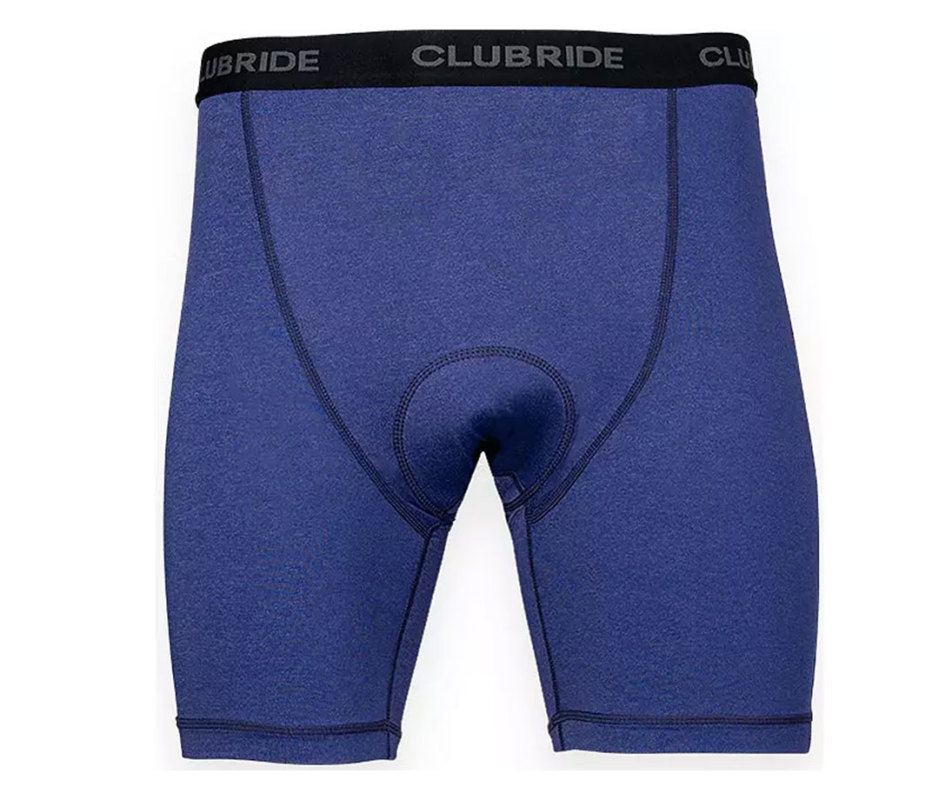
Courtesy image
You wear a chamois beneath your shorts to help keep your nether regions safe and comfortable during a ride. The extra padding can feel awkward for new riders, but Club Ride’s Gunslinger has just enough padding to add cushion without the bulky feel you find in many other chamois products.
Troy Lee Designs Air Glove
Courtesy image
There are plenty of bikers who don’t wear gloves, but beginners will find comfort in the extra layer of padding they offer, both while pedaling and in the rare event of a crash. The Air Glove from Troy Lee Designs has full finger protection and a mesh design that helps promote airflow.
Five Ten Freerider Pro Shoes
Courtesy image
At some point in your mountain biking tenure, you might want to consider shoes and pedals that clip together, offering more control over the bike, but beginners should stick with flat shoes and flat pedals. The Five Ten Freerider Pro has set the industry standard for flat mountain bike shoes for years, offering superior traction that provides a solid footbed-to-pedal connection in a package that’s comfortable to wear.

